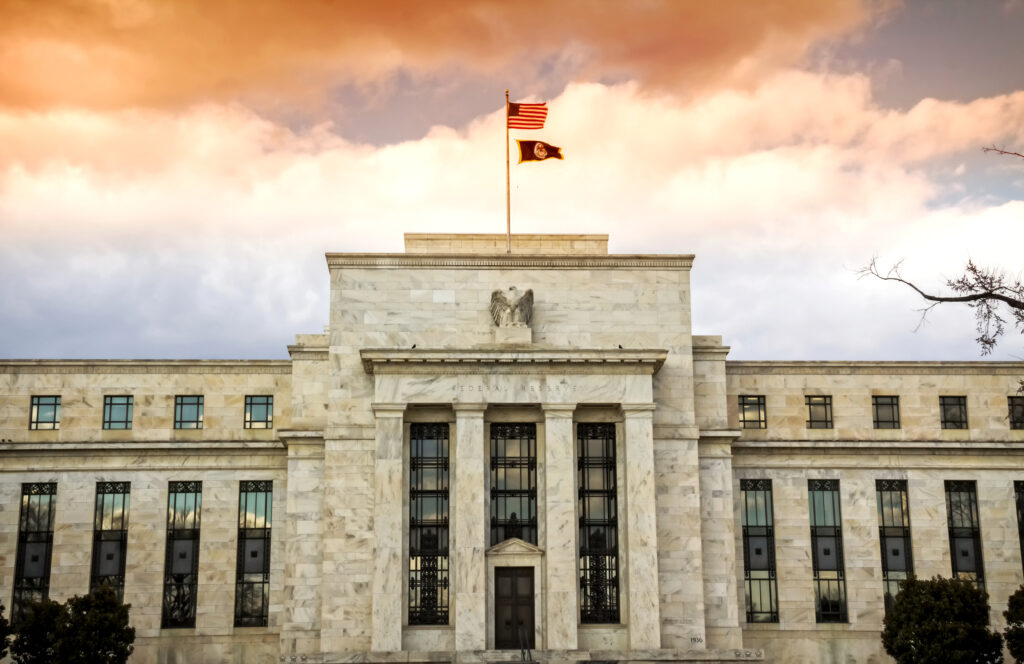Darius joined our friend Maggie Lake last week on Real Vision’s Daily Briefing to discuss the resilient US economy, the Fed, inflation, and more.
If you missed the interview, here are the three most important takeaways from the conversation that have significant implications for your portfolio:
1. The Resilient US Economy Does not Require Rate Cuts, But The Fed Wants To Cut Rates Anyway
Last week’s FOMC statement and press conference, led by Fed Chair Jerome Powell, were surprisingly dovish. Notably, the Fed announced a significant reduction in its balance sheet runoff policy, scaling down from $60 billion monthly to just $25 billion in its Treasury portfolio. Powell also downplayed recent increases in inflation and dismissed the likelihood of further rate hikes.
Additionally, we track the Fed’s dot plot alongside Fed funds futures pricing across different durations. Currently, futures indicate expectations for two rate cuts in 2024, followed by another two in 2025, less than a full cut in 2026, and subsequent cuts until the floor Fed funds rate is reached. Powell attempted to support that dovish market pricing in his press conference remarks.
It is clear to us that the Fed wants to ease monetary policy.
2. The Q2 QRA Sent A Hawkish Message To Investors
The Q2 Quarterly Refunding Announcement indicated Janet Yellen and the US Treasury Department are moving away from relying on bills for financing.
In the announcement, the Treasury stated that the proportion of bills in all Net Marketable Borrowing over the trailing 12 months until Q3 2024 would be 34%, marking the lowest share since Q1 2023.
This move suggests that the Treasury is extending its financing policy further along the yield curve. We believe this shift is intentional and aimed at sending a clear, hawkish message to market participants.
3. A “No Landing” In The Economy = A “No Landing” In The PCE Deflators
In the March PCE release, Supercore PCE Inflation increased to 5.4% on a three-month annualized basis, a level near the highs of the readings over the past three years. This uptick signals a textbook reacceleration pattern, where the three-month rate of change surpasses the six-month rate of change, which outpaces the YoY rate of change.
Turning to forward-looking indicators, the Employment Cost Index accelerated to 4.4% on a QoQ SAAR basis, 200 bps faster than its 2015-2019 trend.
If productivity growth decelerates and wage inflation persists, it could indicate the sticky inflation we have observed over the past couple of months may continue, and we may settle at a level of structural inflation higher than the Fed’s 2% target.
That’s a wrap!
If you found this blog post helpful, go to www.42macro.com/research to unlock actionable, hedge-fund-caliber investment insights.


